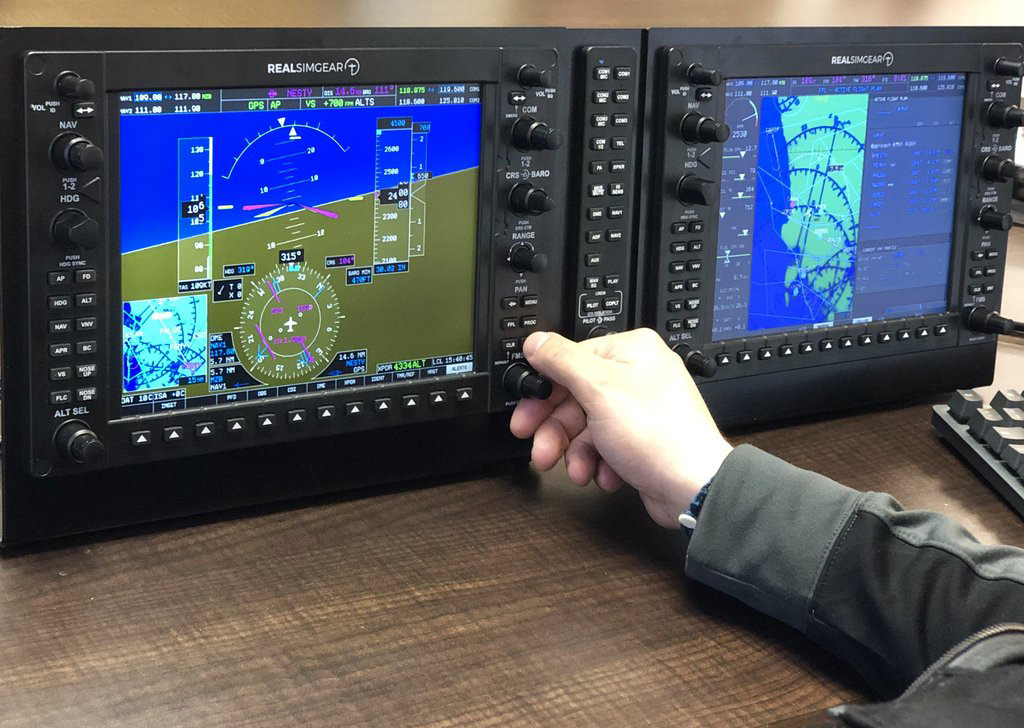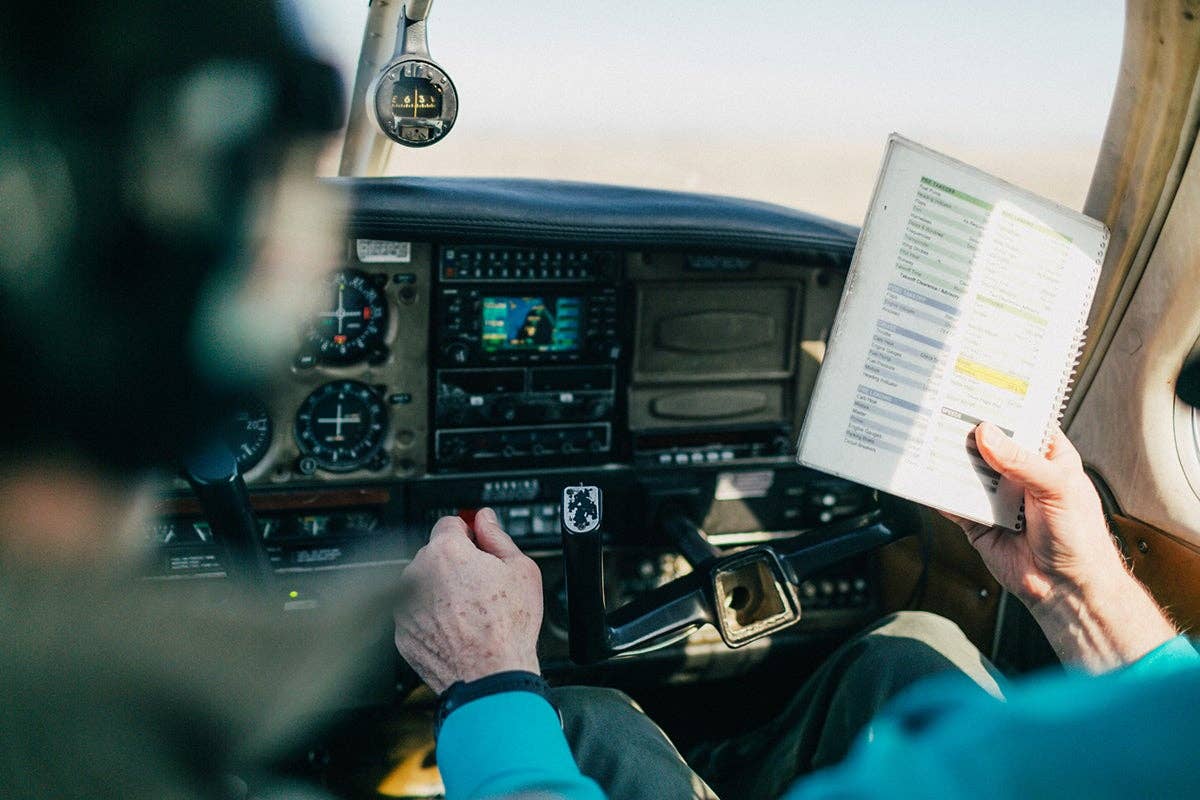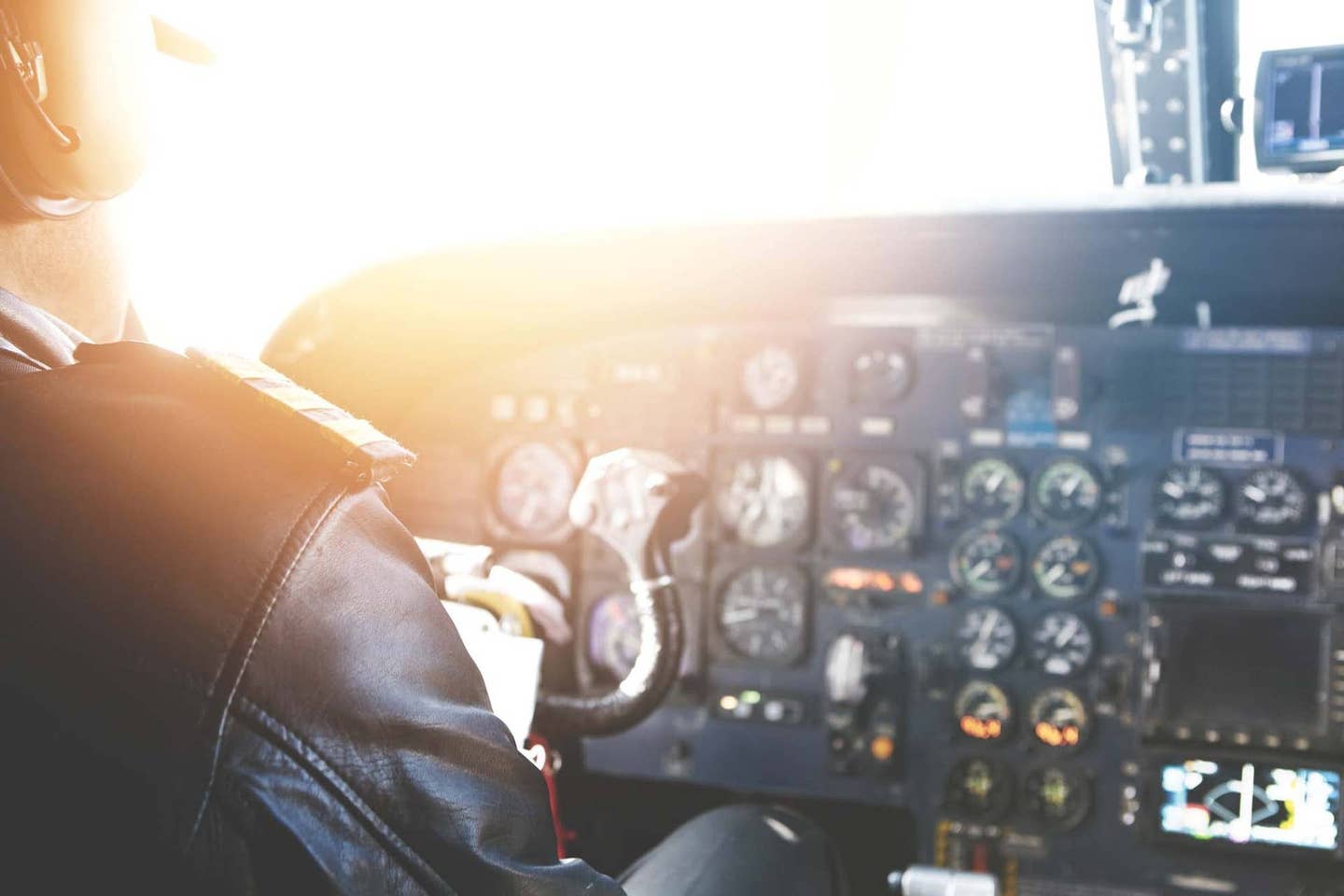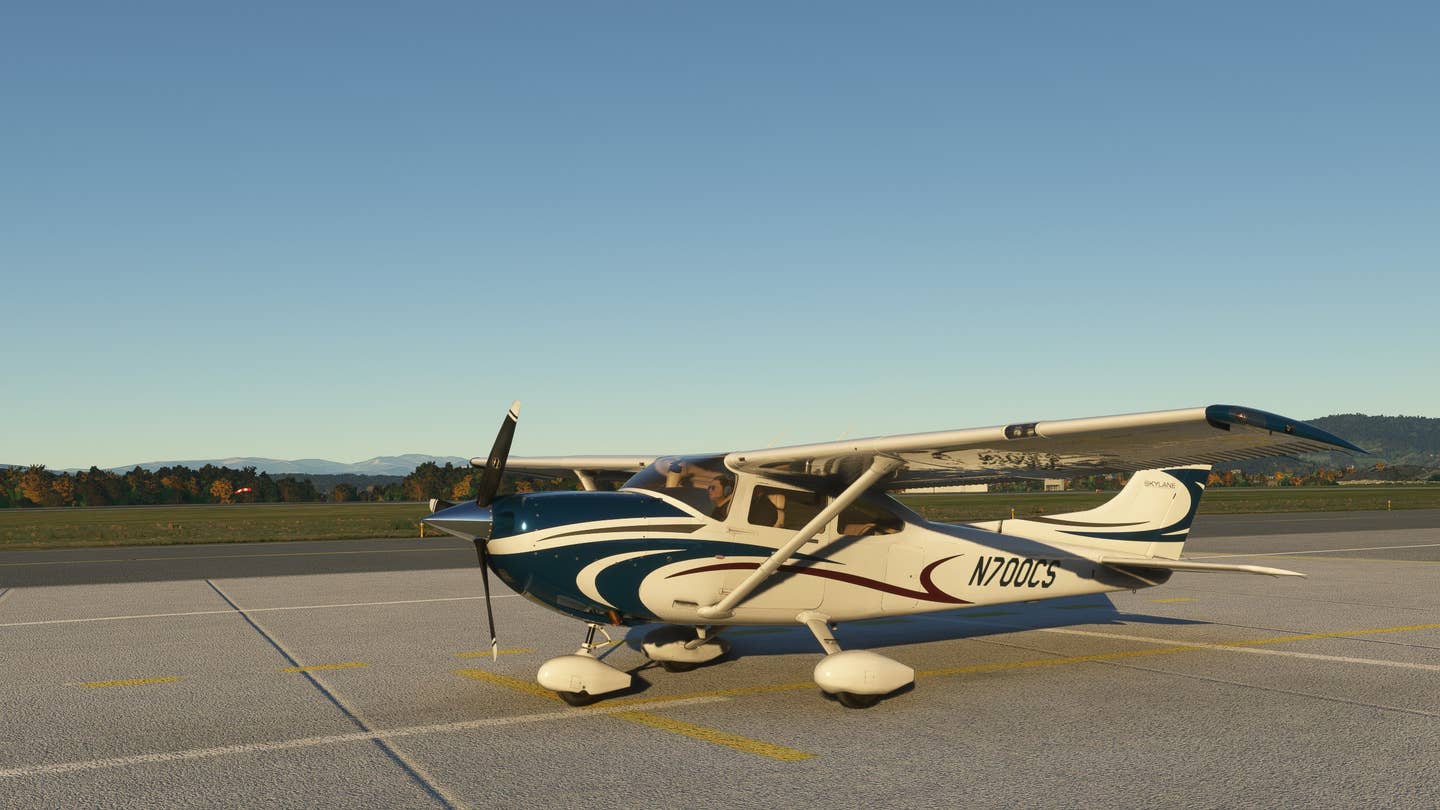
Tom Benenson
We all have our trepidations about instrument flying. My colleague, Flying contributing editor Tom Benenson once told me he's most apprehensive when taking off into a low ceiling. It makes sense, with such a high workload — retracting gear and managing power, monitoring engine instruments, making radio calls, switching frequencies, turning to an assigned heading (or a new one assigned by ATC) — it's a lot less demanding to perform these tasks without having to keep one eye bouncing around on your instrument scan, too.
Just flying in clouds can be unnerving for some, especially after years of avoiding them like the Black Death as a VFR pilot. With all the stuff to learn, procedures to follow and thousands of opportunities to screw up and look bad, it only makes sense that new instrument pilots (or those regaining currency after a long lapse) might feel overwhelmed.
When I experience that creeping sensation, I often fall back on some observations from pilots who have written about the joys of flying in cloud — partly the satisfaction of a task well performed, but also a sensory pleasure of being surrounded by a fuzzy blanket of mist.
The late Peter Dogan, who founded Professional Instrument Courses (PIC), wrote the company's original instruction manual. In his introduction, he describes a trip to Florida from Long Island, New York — contrasting his relaxed IFR experience with that of a non-instrument-rated friend who faced a white-knuckle trip of scud running. Dogan described his ILS approach at one of his en route stops: "I have been on many IFR flights, but I still feel a thrill of excitement and satisfaction at the magic of breaking out of the clouds with nothing in front but the lights and the big, wide runway, the culmination of planning, organization, and careful execution. The sense of achievement from ending exactly on course is perhaps the greatest pleasure of IFR flight."
Writer-pilot Bob Buck, in his memoir North Star Over My Shoulder, described his first flight in IMC. It was 1930, and Buck, still a teenager, was flying his Pitcairn Mailwing biplane with the first "blind flying" instruments. As he lined up for takeoff, he muttered to himself, "Well, here goes nothing," and climbed tensely into the milky overcast. On the experience of leveling off at 3,000 feet, he wrote: "…despite the worry, a feeling of comfort edged its way in. I was well above the ground, not down near trees and hills trying to hedge-hop in bad visibility wondering where the next dangerous obstruction was — no, up here I was safe. I slid back further in the seat and gradually relaxed, felt as though the whiteness was protecting me. It was a remarkable, exciting awakening, a feeling of accomplishment and progress."
Whenever I feel apprehension about flying in clouds, it helps me to recall Dogan's and Buck's recollections on how the "…feeling of comfort edged its way in." It works for me, too.
Call to action: If you have any tips of your own you'd like to share, or have any questions about flying technique you'd like answered, send me a note at enewsletter@flyingmagazine.com. We'd love to hear from you.

Sign-up for newsletters & special offers!
Get the latest FLYING stories & special offers delivered directly to your inbox






